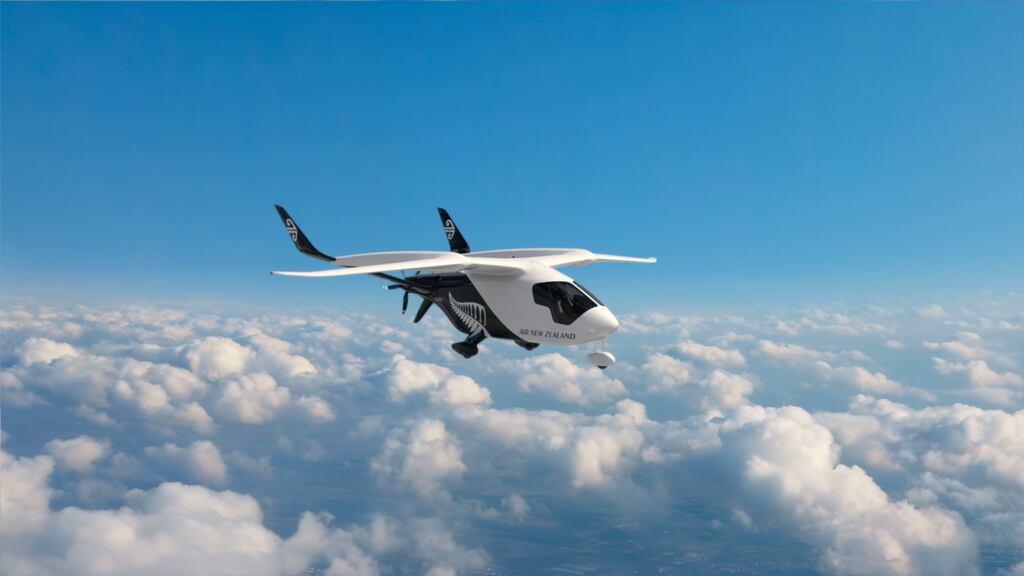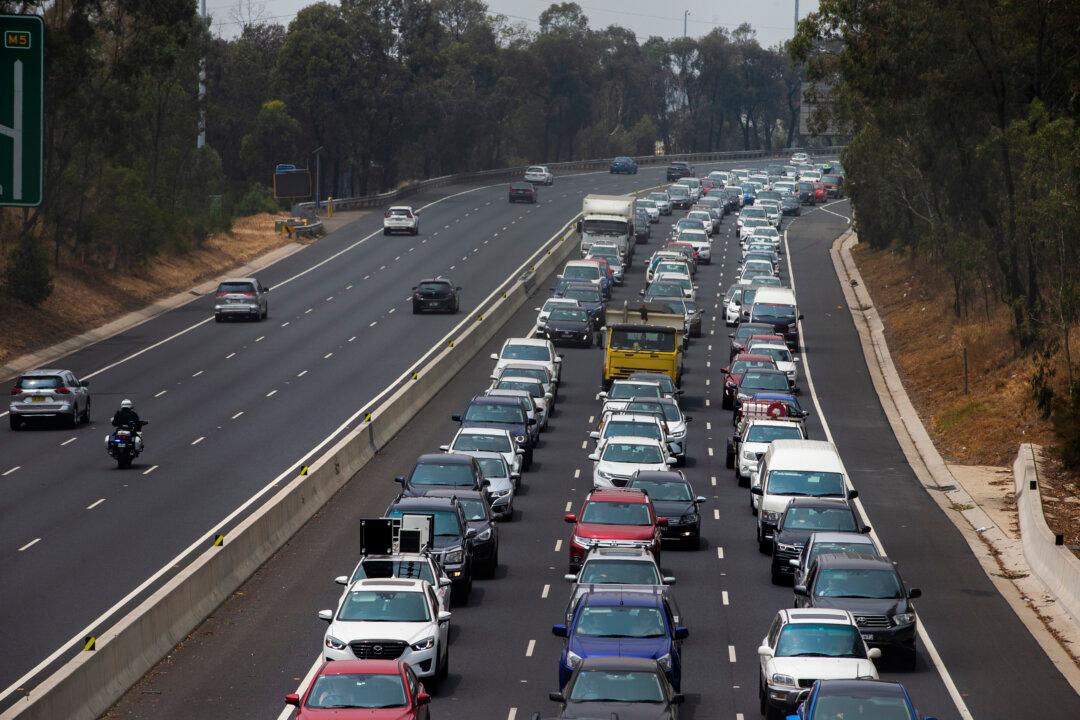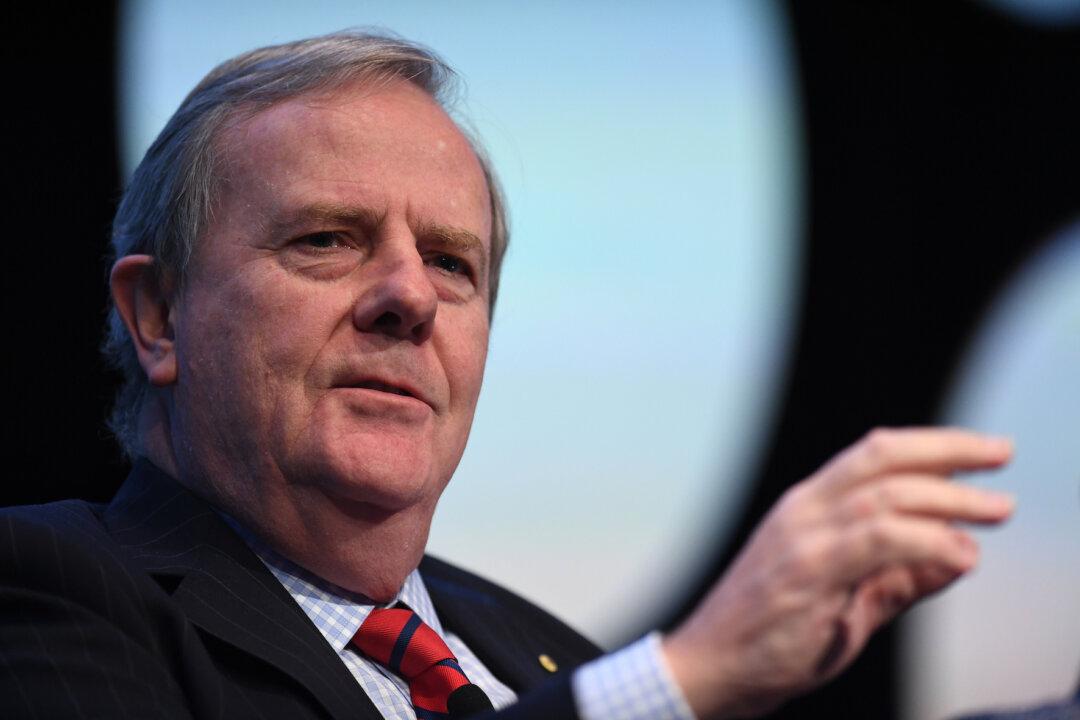New Zealand’s national air carrier has purchased a next-generation all-electric aircraft to be used for cargo service in conjunction with mail provider NZ Post.
The acquisition is expected to be a catalyst for the widespread use of battery-power aircraft commercially.





